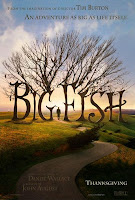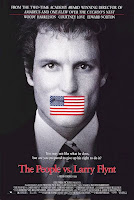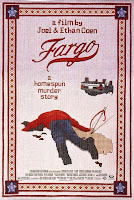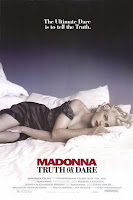
*** ½ out of ****
The LGBT cult classic “Sordid Lives” finds it biggest fanbase in the South because it is basically “the spittin’ image” of life there—from the clothes to the hair to the speech—all accurately depicted by writer/director Del Shores. Even the substandard camera work (in comparison to glossy Hollywood production, that is) offers a peculiar realism to this film, Shores’ “sordid” tale of a family coming to terms with its skeletons in the closet. As a gay boy from the South, I can say that I have met almost everyone in the film at some point in my life: Ty (Kirk Geiger), a homosexual actor who “passes” lest anyone find out his true sexuality, G.W. (Beau Bridges), a wooden-legged, red-blooded heterosexual who is unabashedly committing adultery, Latrelle (Bonnie Bedelia), the high-strung, holier-than-thou Southern Baptist mother of Ty, and Sissy (Beth Grant), a gossipy, menopausal woman (amusingly) trying to quit smoking. The real star of the show, though, is petite Leslie Jordan as “Brother Boy,” a gay Tammy Wynette-impersonator, locked up in an asylum that is trying to “de-homosexualize” him. “Sordid Lives” bears the tagline, “A black comedy about white trash,” and, indeed, this film is pregnant with laugh-out-loud quotes, situations, and characters. With its tightly-woven, unique screenplay, “Sordid Lives” is one of the best independent LGBT-related pictures I have seen. 2001, 111 mins.
 ** out of ****
** out of ****




